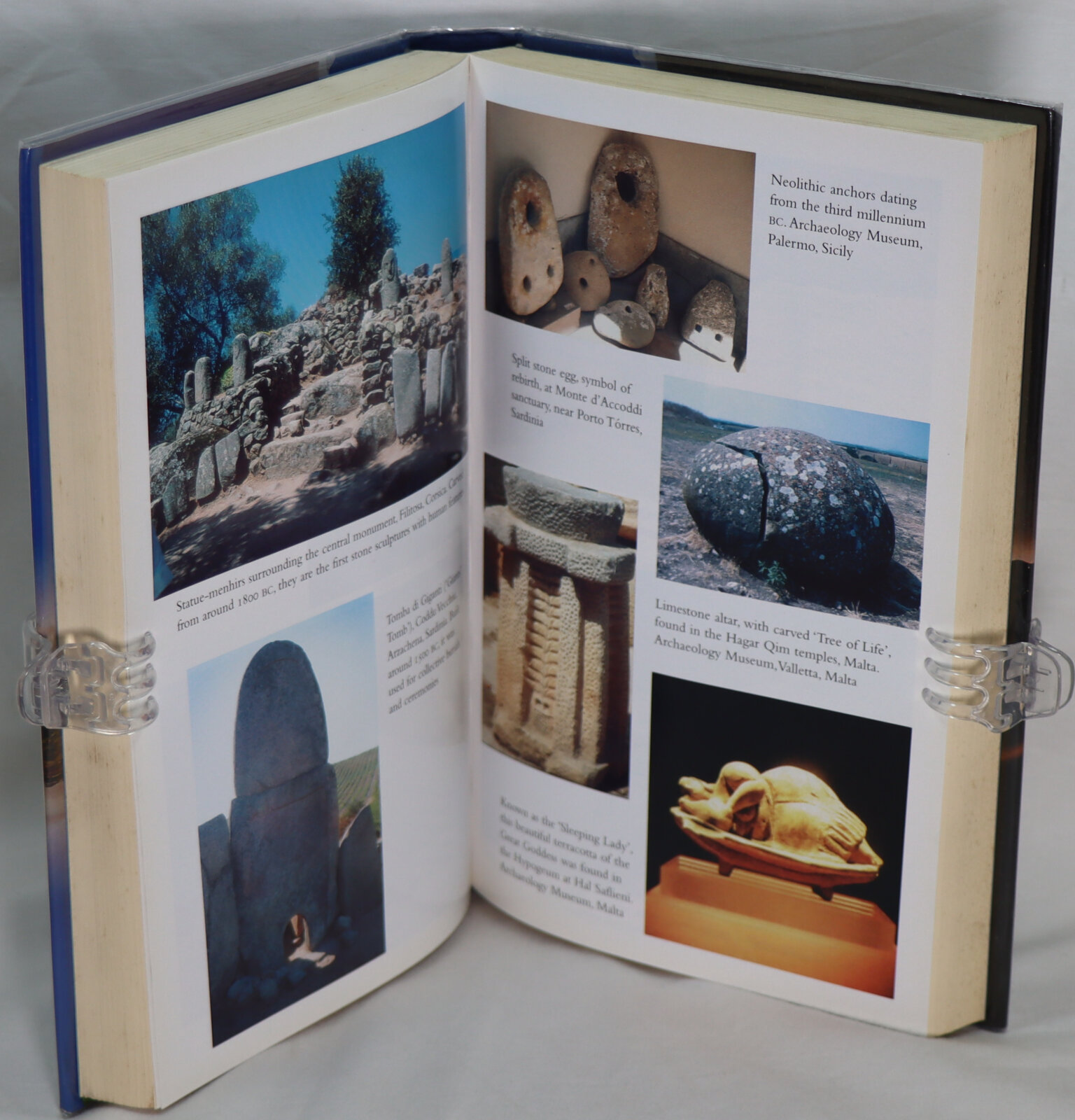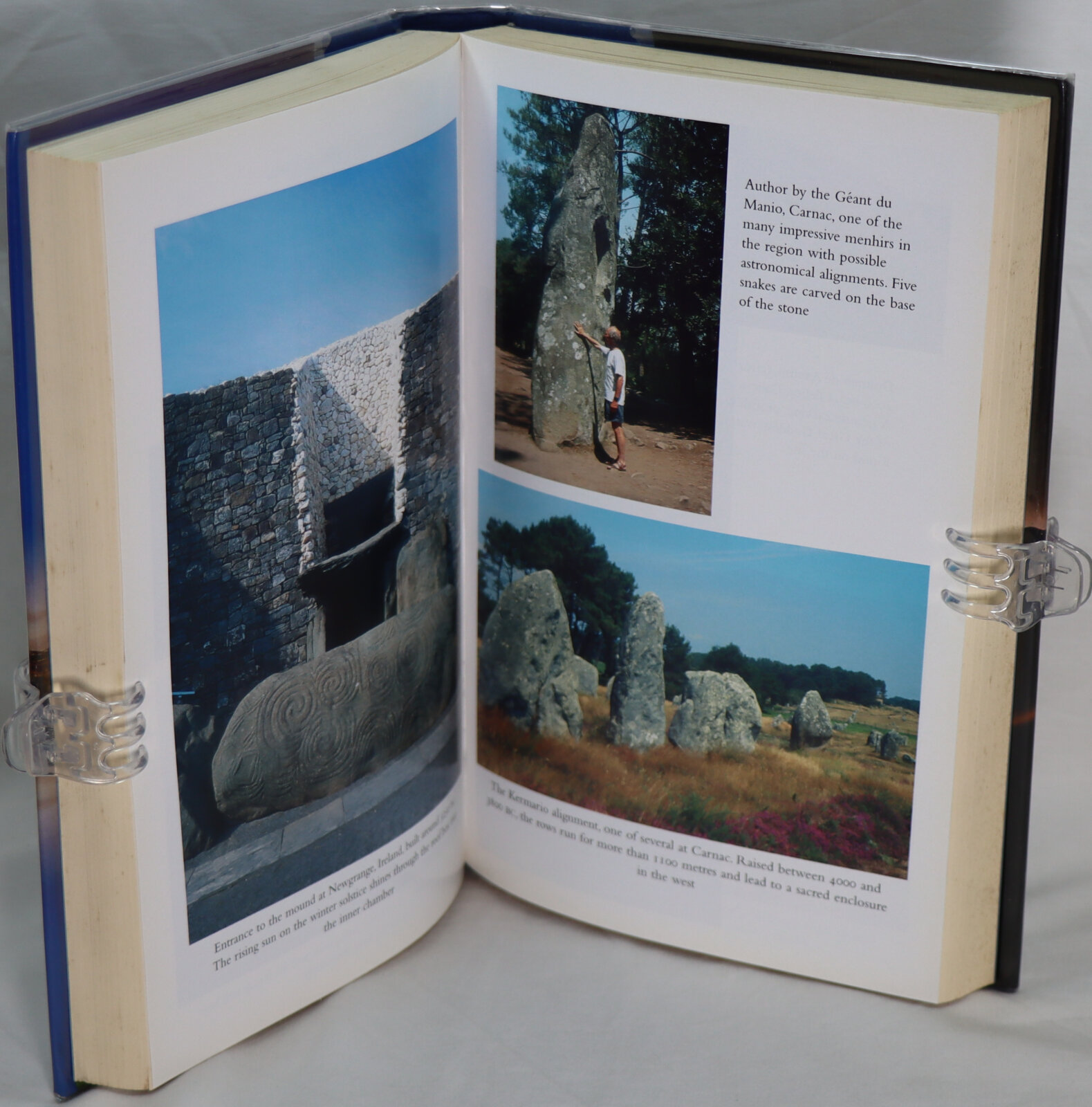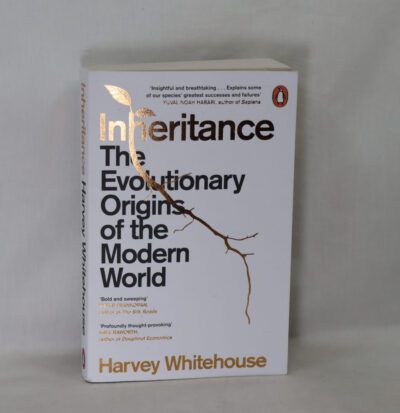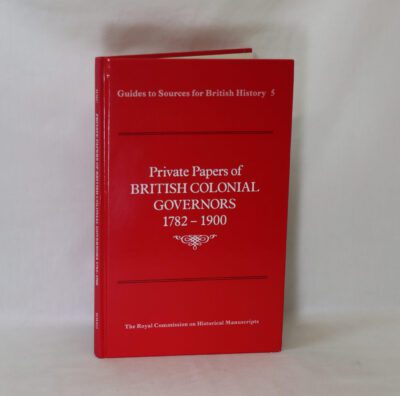Europe's Lost Civilisation.
By Peter Marshall
ISBN: 9780747242031
Printed: 2004
Publisher: Headline Book Publishing. London
| Dimensions | 17 × 24 × 4 cm |
|---|---|
| Language |
Language: English
Size (cminches): 17 x 24 x 4
Condition: Fine (See explanation of ratings)
Item information
Description
In the original dustsheet. Blue cloth binding with silver title on the spine.
-
F.B.A. provides an in-depth photographic presentation of this item to stimulate your feeling and touch. More traditional book descriptions are immediately available.
Set in some of the wildest and most beautiful places in Europe, the megaliths of the stone age prompt many questions: who built them and why? Do they throw light on our origins? What mysteries are encoded in their stones? Peter Marshall argues that the megaliths are the beguiling remnants of a highly advanced lost civilisation of Europe. He sails from Scotland via Ireland, Wales, England and France to the Mediterranean islands in a small boat, proving that ancient mariners made such long-distance journeys. He meets experts, enthusiasts and local characters, uses geology, archaeology, astronomy and engineering and includes myths, legends, stories and anecdotes to illustrate his theory. Europe’s Lost Civilization is an exciting travel adventure and a compelling detective story, a fascinating physical, intellectual and spiritual quest into an ancient mystery.
Review: In this captivating book, the author described his journey in a small boat around the Atlantic shores of Europe and into the Mediterranean in order to prove his theory that the megaliths of Europe represent the remnants of a lost civilization. Sailing from Scotland to Malta, he explores the links between the ancient sites in this journey of 4000 nautical miles. The engaging text draws on archaeology, geology, astronomy, myths and legends to investigate the history of Western Europe between 5000 and 1000 BC. Marshall is of the opinion that the sea and certain rivers united the scattered communities of this mysterious civilization that emerged along the Atlantic seaboard and extended all the way down to Malta, Sicily, Sardinia, Corsica and the Balearic Islands, perhaps even to Crete.
Along the way he visits all the well-known sites like Skara Brae, Stonehenge, Newgrange Mound, Carnac and investigates the rock art of Galicia, the dolmens of Antequera and the ruins of Minorca, amongst others. He concludes that this civilization was a settled culture with a high artistic sensibility, a rich symbolic language and a spiritual vision; an advanced society that was familiar with the sciences of astronomy, mathematics and engineering. Marshall refers to the work of Marija Gimbutas and the interesting book Lost Civilisations Of The Stone Age by Richard Rudgley. He explores the artistic symbolism in detail, especially the circle, maze and spiral that are found throughout this area.
The book includes copious notes, a bibliography divided into General, The British Isles, France, Iberia, Italy and Malta. There are 20 full colour plates plus many maps and diagrams. The book concludes with a thorough index. Europe’s Lost Civilization is a fascinating book on many levels and I highly recommend it.
The Author, Peter Marshall sailed the world as a cadet in the Merchant Navy before teaching English in Senegal, West Africa. He returned to England to take a BA at London University and a doctorate at Sussex. He taught literature and philosophy at several British universities before becoming a full-time writer in 1980. His circumnavigation of Africa was made into a major TV series and his voyage round Ireland a BBC radio series.
Want to know more about this item?
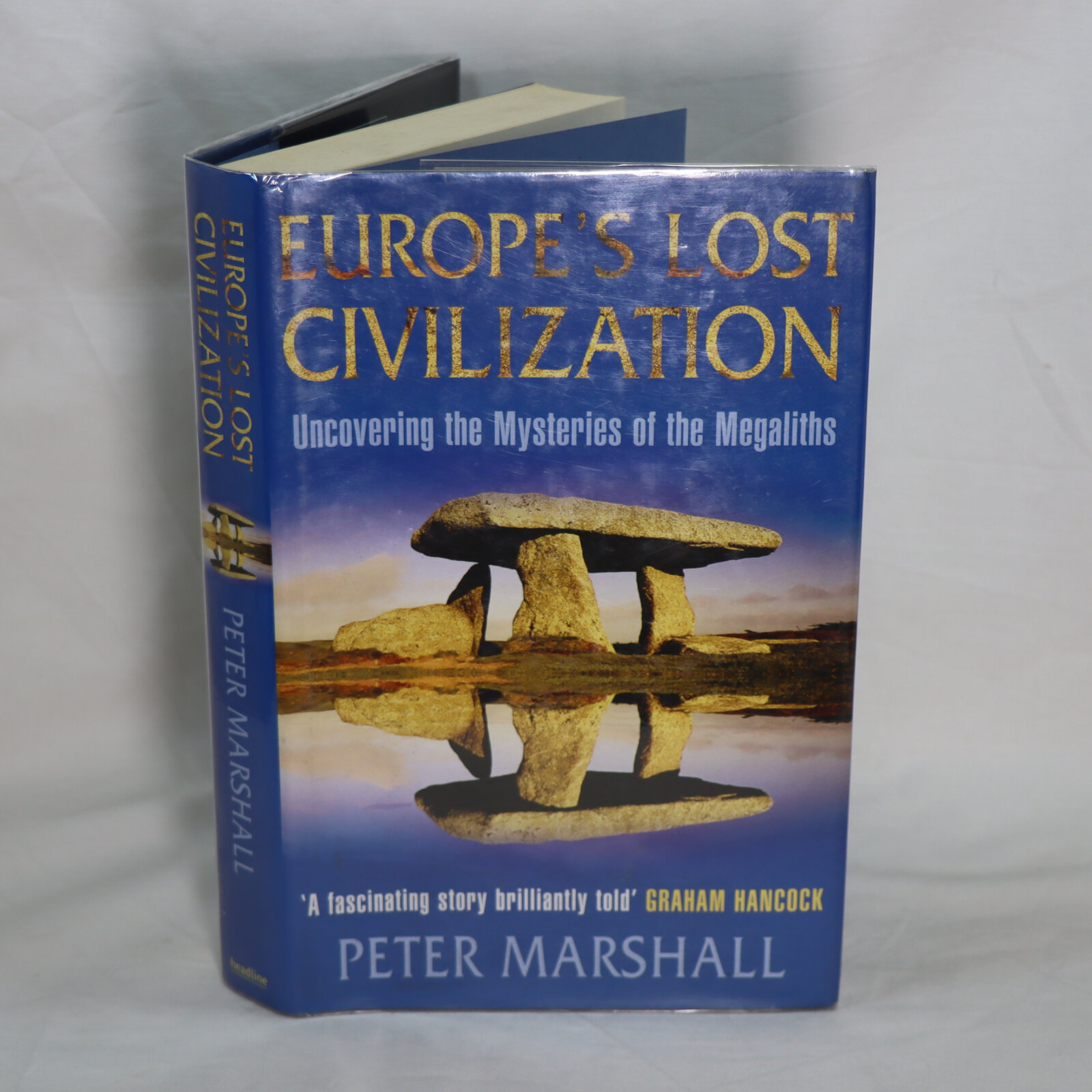
Related products
Share this Page with a friend

